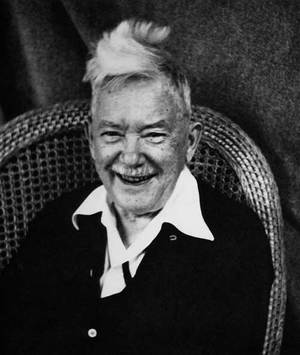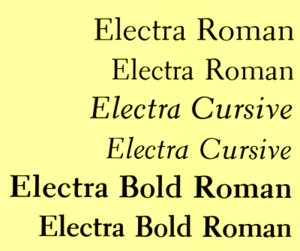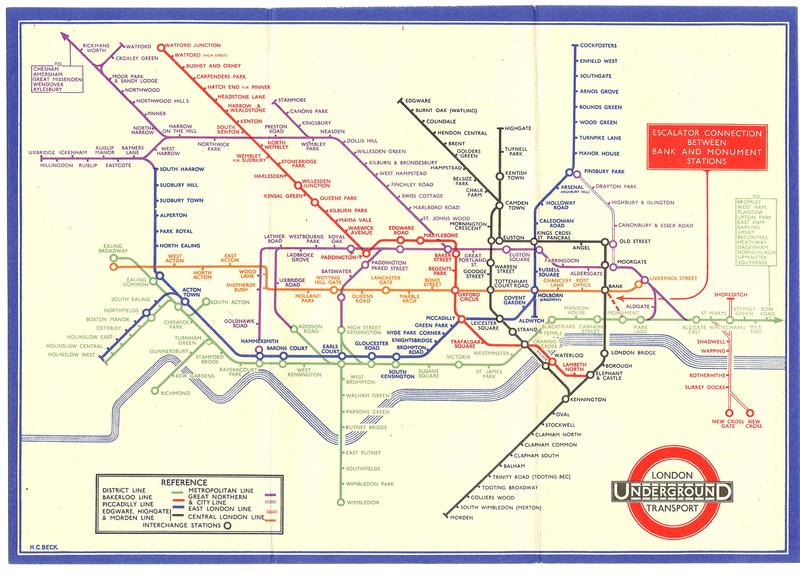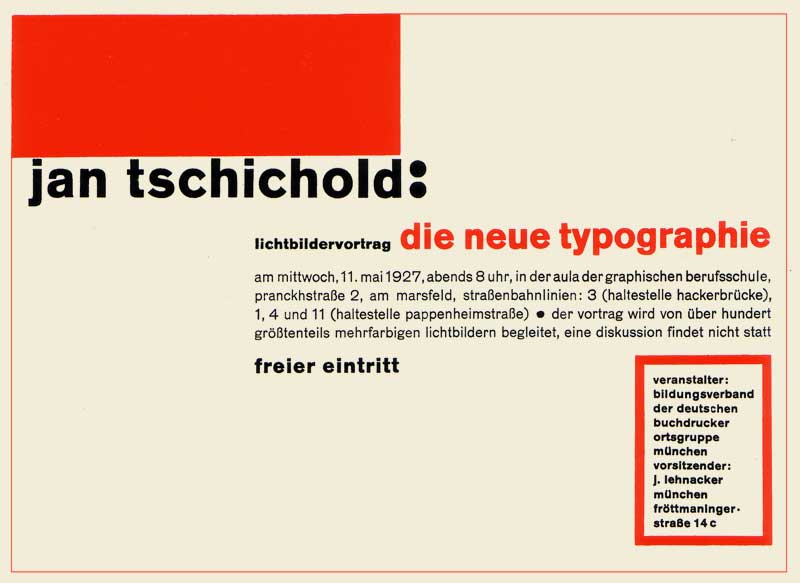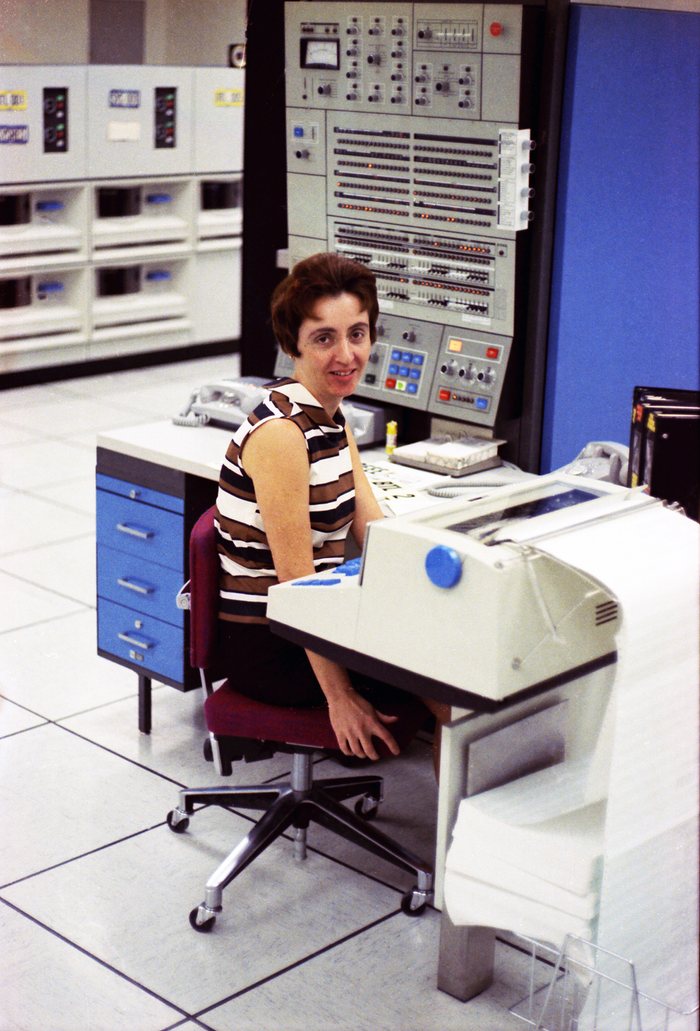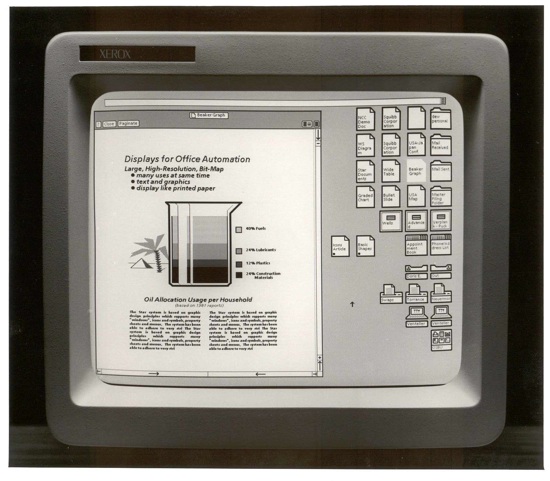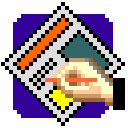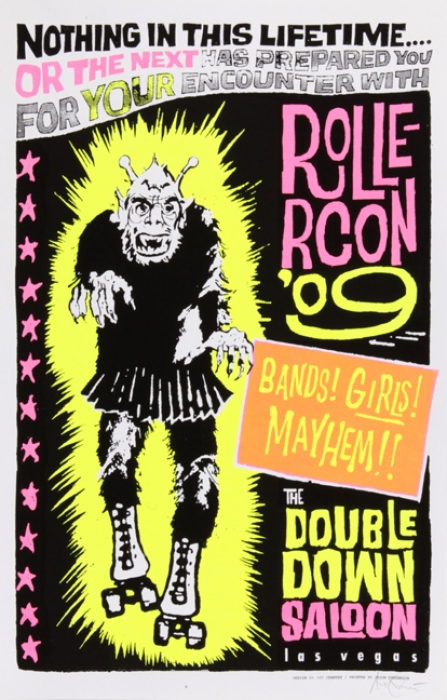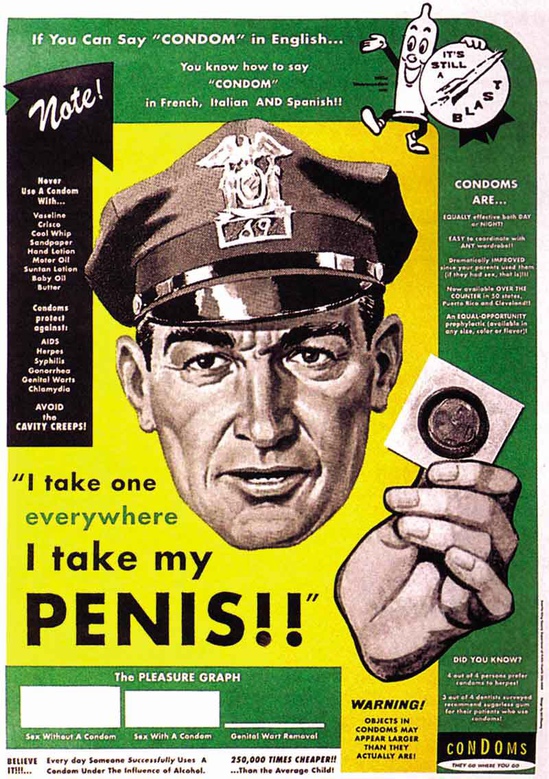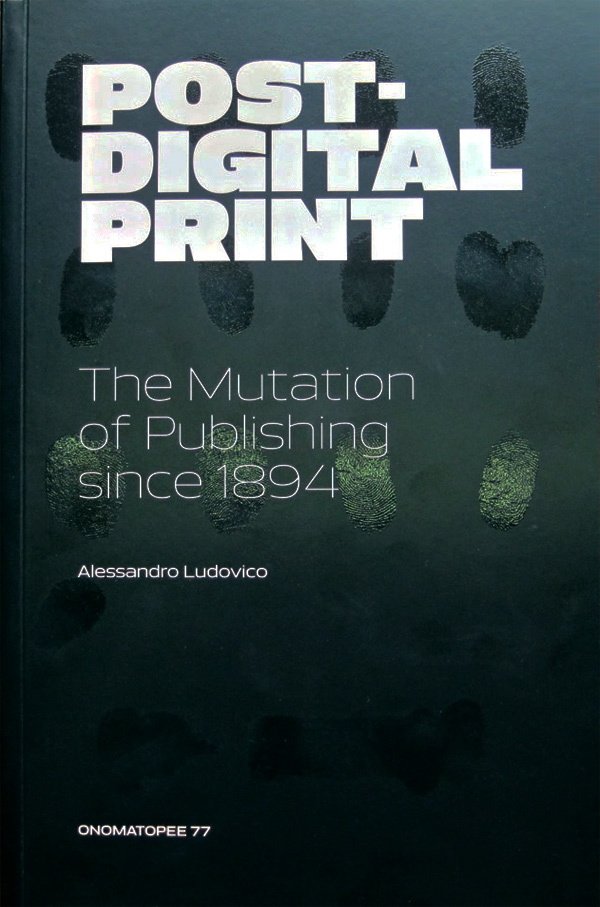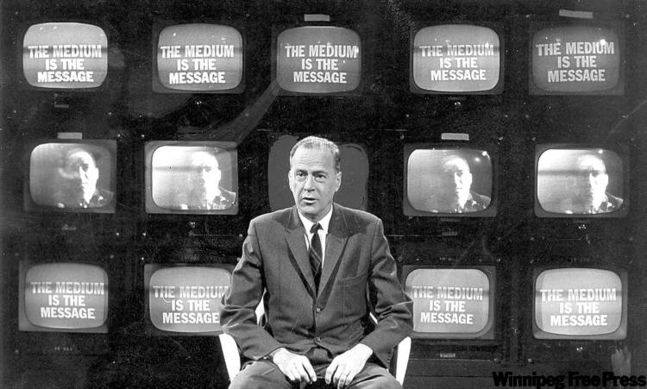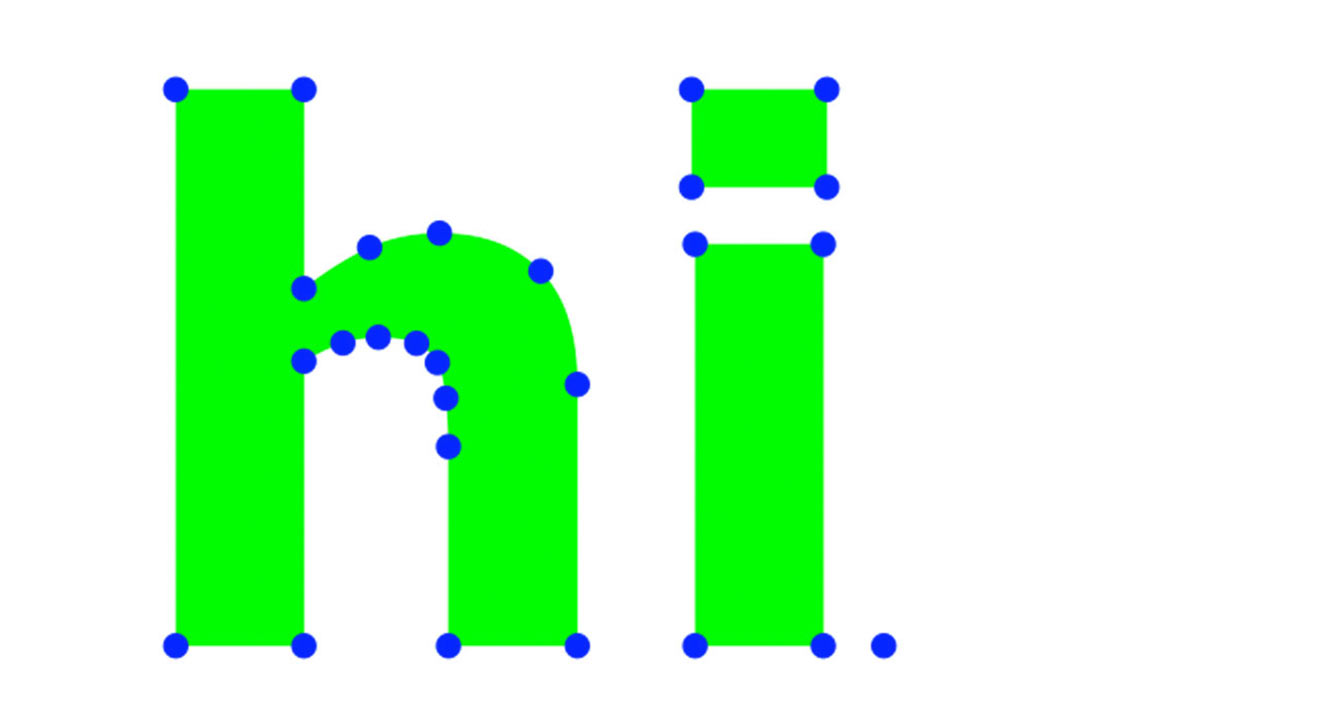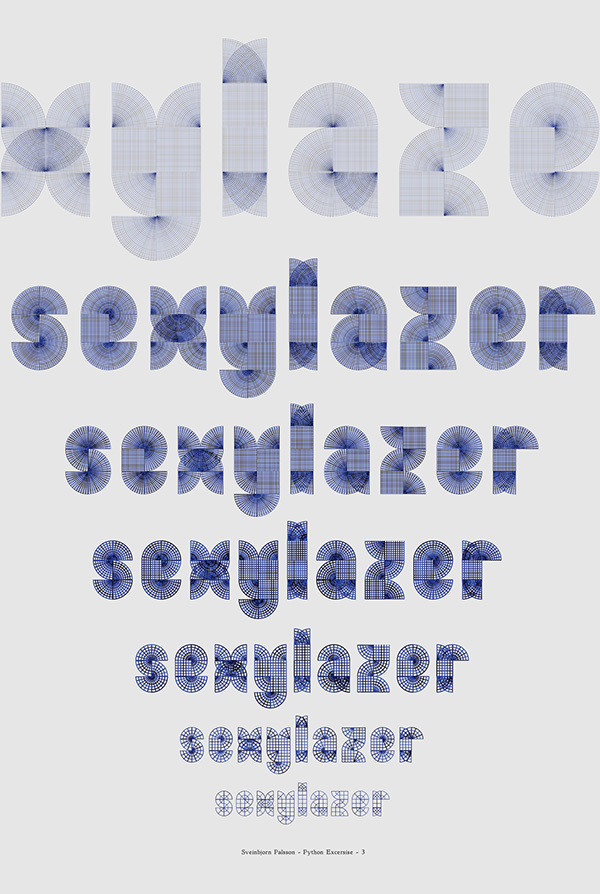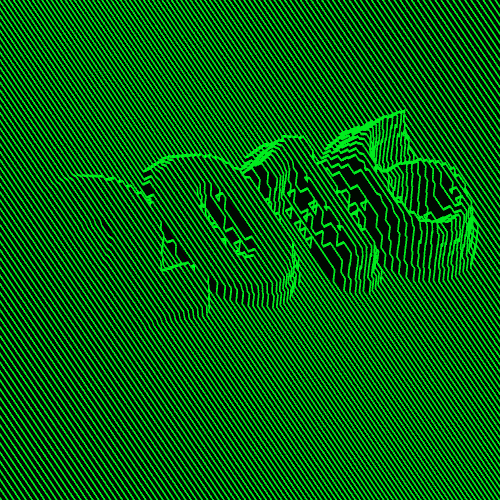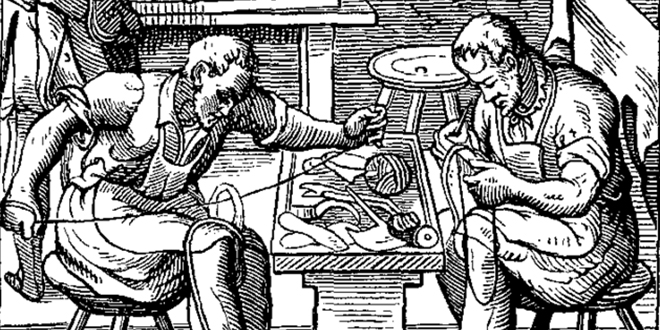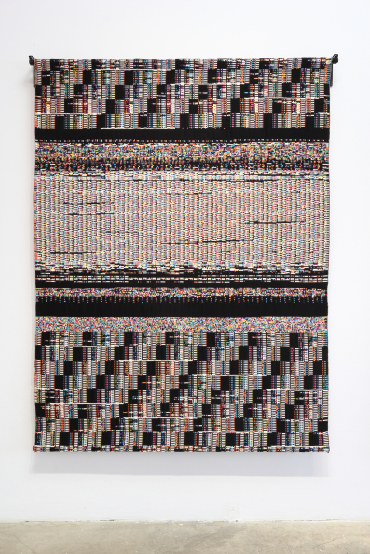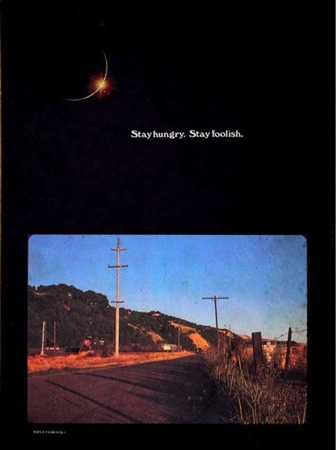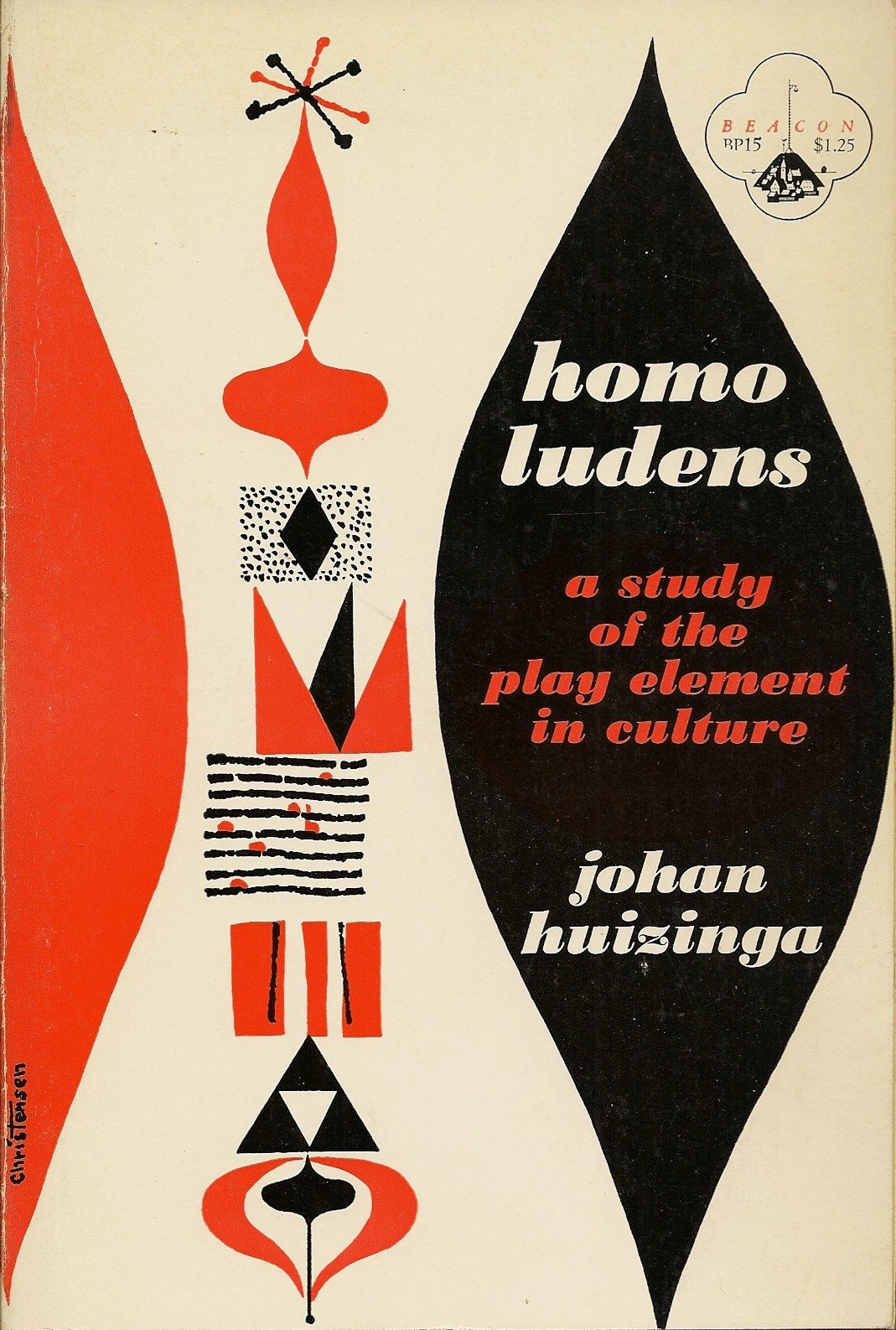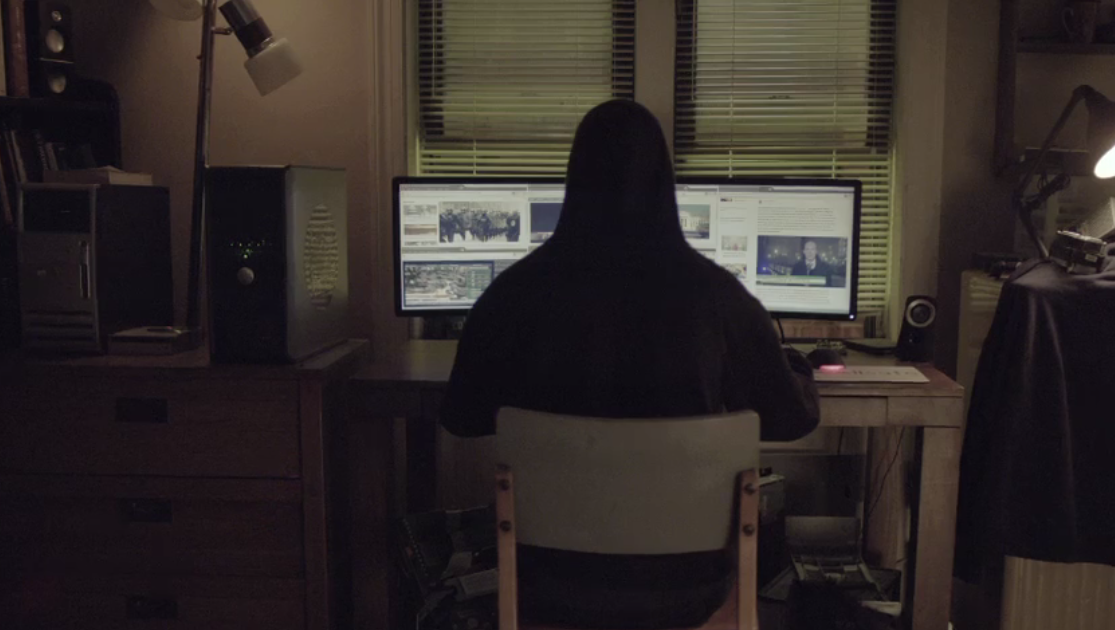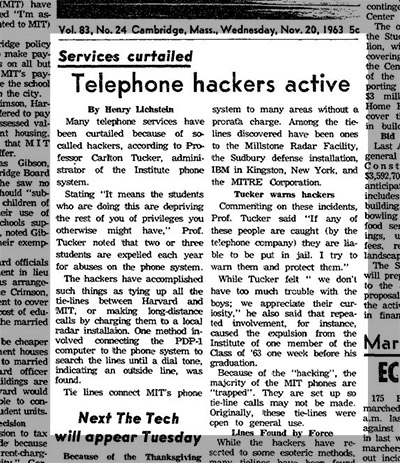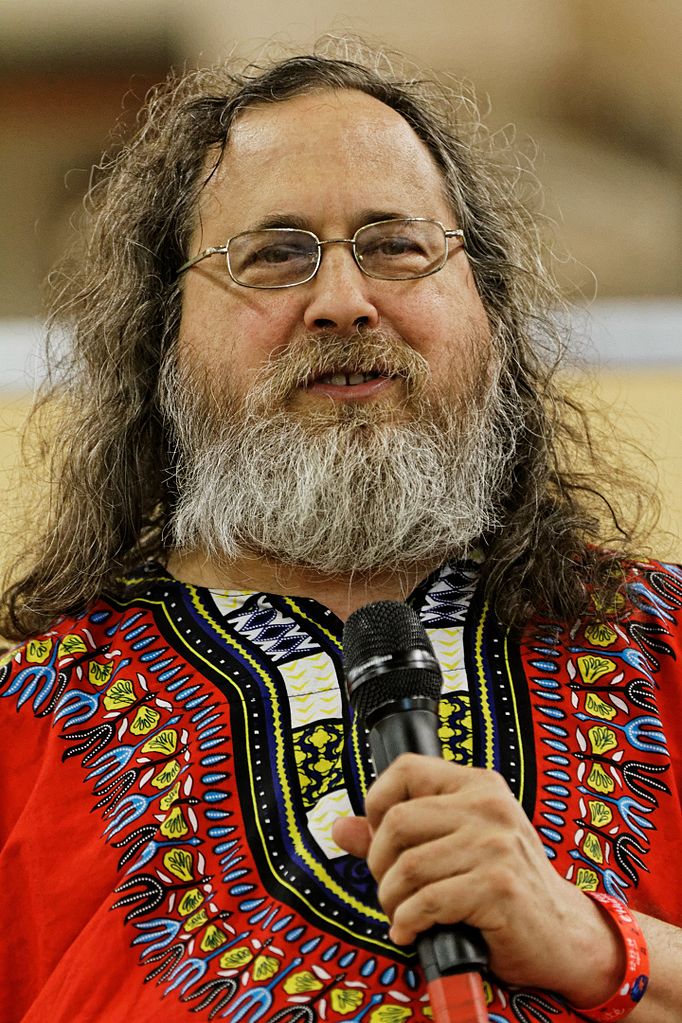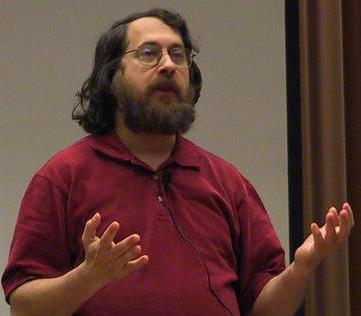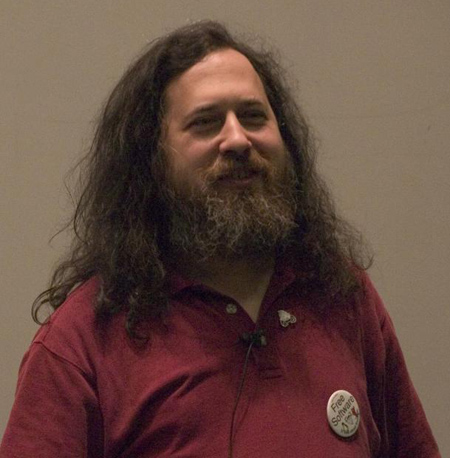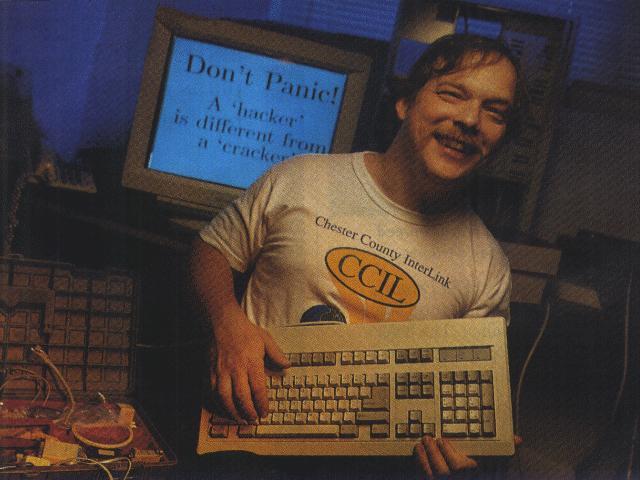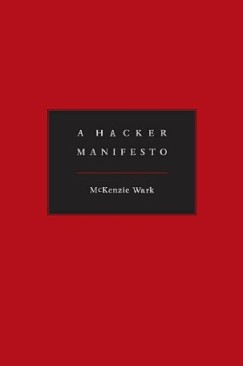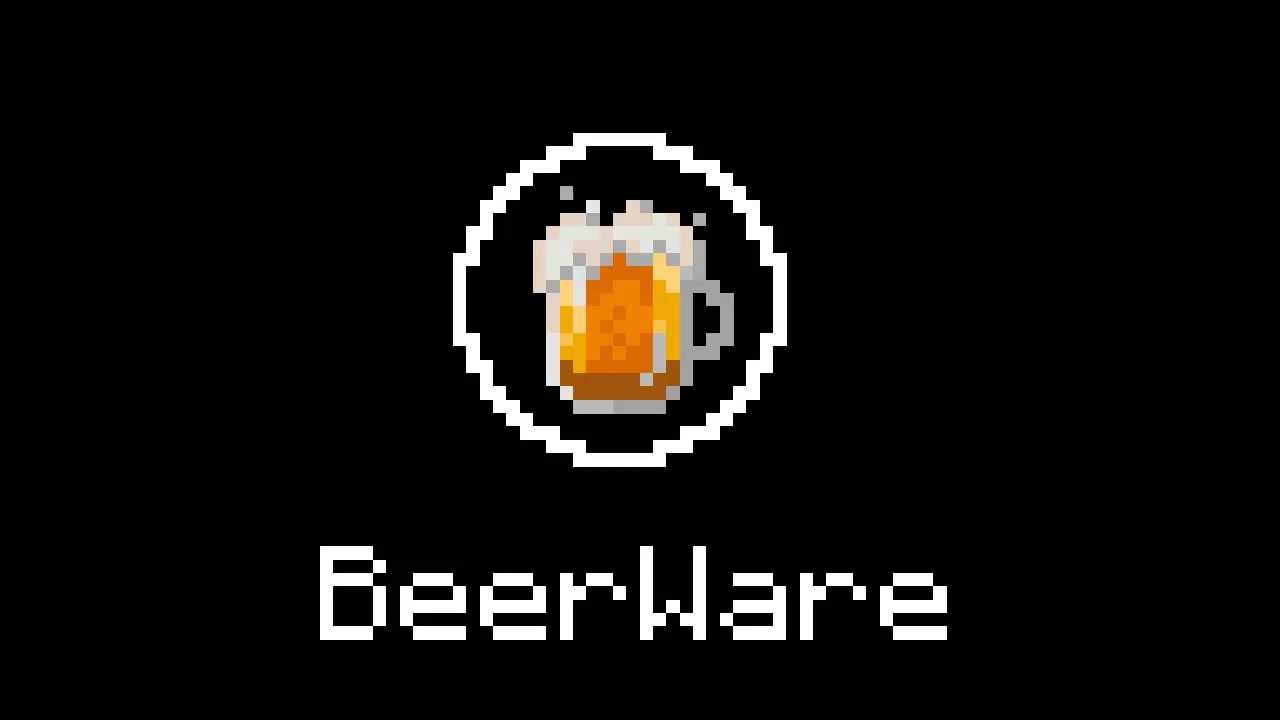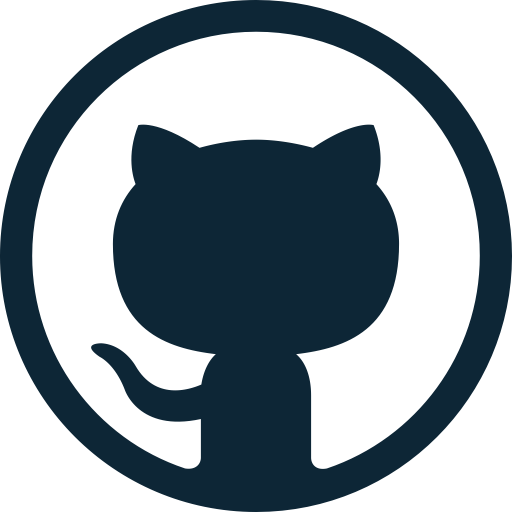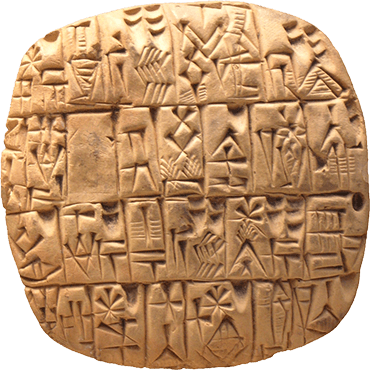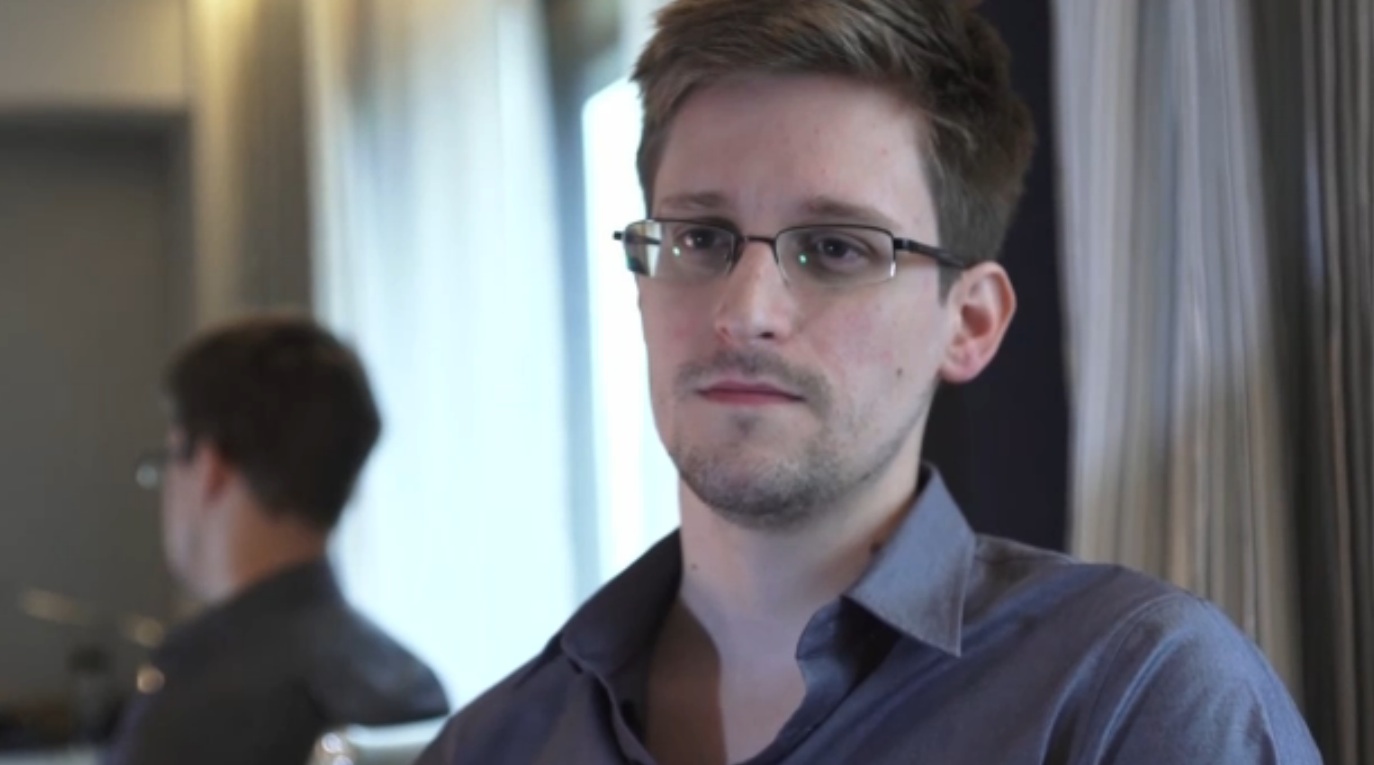__██████╗_██████╗_███╗___██╗_██████╗██╗_____██╗___██╗███████╗██╗_██████╗_███╗___██╗
_██╔════╝██╔═══██╗████╗__██║██╔════╝██║_____██║___██║██╔════╝██║██╔═══██╗████╗__██║
_██║_____██║___██║██╔██╗_██║██║_____██║_____██║___██║███████╗██║██║___██║██╔██╗_██║
_██║_____██║___██║██║╚██╗██║██║_____██║_____██║___██║╚════██║██║██║___██║██║╚██╗██║
_╚██████╗╚██████╔╝██║_╚████║╚██████╗███████╗╚██████╔╝███████║██║╚██████╔╝██║_╚████║
__╚═════╝_╚═════╝_╚═╝__╚═══╝_╚═════╝╚══════╝_╚═════╝_╚══════╝╚═╝_╚═════╝_╚═╝__╚═══╝
Why is it urgent for designers and their tools to learn how to program?
As times have changed; tools have. Graphic design is not in its definition tied to a specific medium, but is rather about organising information. From the beginning of its existence a varied range of tools have been in vogue, resulting in the diverse instances of graphic design work. With the rise in popularity of computers, digital tools and media have become gradually more accessible and cheap to work with.
Now that the design field is so saturated with hybrid forms of disciplines, there is a great demand for multidisciplinary designers that can also code. For themselves it is an influential decision for their way of working whether or not to learn how to program. It is not beneficial to be fully dependent on others during a working process. Working together can be fruitful, but a unified process is often more structured, less inconsistent and finishes faster. To be able to work alone saves time and effort.
Programming as a tool isn't as far-fetched for the design discipline. Design as a profession is not made up out of one single skill, and combining multiple skills can reinforce them. On top of that, programming can be considered a craft similar to traditional design techniques.
Furthermore, by trying there is not much to lose. One does not unlearn when new knowledge is acquired and all additional knowledge is valuable, especially if it has to do with one’s environment. In the case of the designer, learning programming certainly is related, as there are many examples of tools that combine programming with artistic output.
On a larger scale a curiosity for the unknown is one of man's most precious features, because it leads to experimentation, play and possibly innovation. At play there is room for intuition and thus new things can happen. We can also learn from the hacker ethic where the strive is to 'playfully do something difficult'.
The hacker movement has had a major influence on the accessibility of information online. Information, programs and learning environments are now easier to access than ever before, making it possible for the designer to learn, use tools and contribute with ones. This gave rise to new models of authorship and collaboration based on sharing that made it easier to create something that would be beyond the technical limitations of the designer’s power and influence.
Learning how to program creates the possibility of creating custom digital tools. Prefabricated design software results in an unequal collaboration between designer and program, where the designer is dependent on concrete decisions made by the developers of the concerning program that are not open to alteration. By creating custom tools there are different limitations and the designer can create truly personal work by being in control of the set of specific limitations.
Code is the literacy of our current age and has great impact on society.
It is not the role of the designer to directly alter this impact, but he or she should be aware of the problematics that result from this shift. A basic knowledge is primordial for better comprehension.
The role of the designer is the translation of such abstract information by ordering it with combination of graphical and textual and code literacy and to give shape to the digital environment in which we spend most of our time, for the rest of our lives.
As times have changed; tools have. Graphic design is not in its definition tied to a specific medium, but is rather about organising information. From the beginning of its existence a varied range of tools have been in vogue, resulting in the diverse instances of graphic design work. With the rise in popularity of computers, digital tools and media have become gradually more accessible and cheap to work with.
Now that the design field is so saturated with hybrid forms of disciplines, there is a great demand for multidisciplinary designers that can also code. For themselves it is an influential decision for their way of working whether or not to learn how to program. It is not beneficial to be fully dependent on others during a working process. Working together can be fruitful, but a unified process is often more structured, less inconsistent and finishes faster. To be able to work alone saves time and effort.
Programming as a tool isn't as far-fetched for the design discipline. Design as a profession is not made up out of one single skill, and combining multiple skills can reinforce them. On top of that, programming can be considered a craft similar to traditional design techniques.
Furthermore, by trying there is not much to lose. One does not unlearn when new knowledge is acquired and all additional knowledge is valuable, especially if it has to do with one’s environment. In the case of the designer, learning programming certainly is related, as there are many examples of tools that combine programming with artistic output.
On a larger scale a curiosity for the unknown is one of man's most precious features, because it leads to experimentation, play and possibly innovation. At play there is room for intuition and thus new things can happen. We can also learn from the hacker ethic where the strive is to 'playfully do something difficult'.
The hacker movement has had a major influence on the accessibility of information online. Information, programs and learning environments are now easier to access than ever before, making it possible for the designer to learn, use tools and contribute with ones. This gave rise to new models of authorship and collaboration based on sharing that made it easier to create something that would be beyond the technical limitations of the designer’s power and influence.
Learning how to program creates the possibility of creating custom digital tools. Prefabricated design software results in an unequal collaboration between designer and program, where the designer is dependent on concrete decisions made by the developers of the concerning program that are not open to alteration. By creating custom tools there are different limitations and the designer can create truly personal work by being in control of the set of specific limitations.
Code is the literacy of our current age and has great impact on society.
It is not the role of the designer to directly alter this impact, but he or she should be aware of the problematics that result from this shift. A basic knowledge is primordial for better comprehension.
The role of the designer is the translation of such abstract information by ordering it with combination of graphical and textual and code literacy and to give shape to the digital environment in which we spend most of our time, for the rest of our lives.
███████╗███╗___██╗██████╗_███╗___██╗_██████╗_████████╗███████╗███████╗
██╔════╝████╗__██║██╔══██╗████╗__██║██╔═══██╗╚══██╔══╝██╔════╝██╔════╝
█████╗__██╔██╗_██║██║__██║██╔██╗_██║██║___██║___██║___█████╗__███████╗
██╔══╝__██║╚██╗██║██║__██║██║╚██╗██║██║___██║___██║___██╔══╝__╚════██║
███████╗██║_╚████║██████╔╝██║_╚████║╚██████╔╝___██║___███████╗███████║
╚══════╝╚═╝__╚═══╝╚═════╝_╚═╝__╚═══╝_╚═════╝____╚═╝___╚══════╝╚══════╝
______________________________________________________________________
Introduction
[1]: No Author, 'First human' discovered in Ethiopia, http://www.bbc.com/news/, consulted on August 25, 2015.
[2]: Meggs, P. (1983), A history of graphic design. New York: Van Nostrand Reinhold.
[0001] (1) The conflicts of new media
[1]: Ruspoli, M. and Coppens, Y. (1987), The Cave of Lascaux. New York: Harry N. Abrams.
[2]: Drucker, J. and McVarish, E. (2009), Graphic Design History: A critical Guide. Amsterdam: Pearson Education.
[3]: Meggs, P. (1983), A history of graphic design. New York: Van Nostrand Reinhold.
[4]: Interview Frank Pick, Design Patron (1878-1941), Designing Modern Britain - Design Museum, 26 November 2006.
[5]: Murphy, D., Edward Johnston is an Underground hero for his democratic typeface, http://www.theguardian.com/commentisfree/2013/jul/29/edward-johnston-underground-typeface-modernist-design, consulted on December 12, 2015.
[6]: Airey, D., Graphic Icons: Jan Tschichold. http://www.davidairey.com/graphic-icons-jan-tschichold/, consulted on December 12, 2015.
[7]: Hesmondhalgh, D. (2013), The Cultural Industries. London: Sage Publications Ltd.
[8]: Howe, D. (1999). What You See Is What You Get, http://foldoc.org/WYSIWYG, consulted on January 7 2016.
[9]: Gruber, J., Pixel Perfect, https://daringfireball.net/2012/08/pixel_perfect, consulted on January 7 2016.
[10]: Bloomer, P. (2014), How New Technologies Are Changing Typography: The Breaking of the Tyranny of Arial. Quinnipiac University, USA.
[11]: Sinker, D. (2007), We Owe You Nothing: Expanded Edition: Punk Planet: The Collected Interviews, p. 212
[12]: Gomez, J. (2007), Print Is Dead: Books in our Digital Age. Palgrave Macmillan.
[13]: Ludovico, A. (2012), Post Digital Print, Monoskop. (online version: http://monoskop.org/images/a/a6/Ludovico,_Alessandro_-_Post-Digital_Print._The_Mutation_of_Publishing_Since_1894.pdf , consulted on December 24th, 2015.)
[14]: Meggs, Philip B. (1983), A history of graphic design. New York: Van Nostrand Reinhold.
[15]: Manovich, L. (2013), Software Takes Command, New York: Bloomsbury Academic.
[16]: McLuhan, M. (1967), The Medium is the Massage, London: Penguin Books.
[17]: Kowitz, B., Hiring a designer: hunting the unicorn, https://library.gv.com/hiring-a-designer-hunting-the-unicorn-ec8f3a2ebd78#.tiietgd47, consulted on February 27, 2016.
[18]: Treder, M., Should Designers Code?, https://studio.uxpin.com/blog/should-designers-code/, consulted on February 27, 2016.
[19]: Cole, D. The Myth Of The Myth Of The Unicorn Designer, http://www.forbes.com/forbes/welcome/, consulted on February 26, 2016.
[20]: No Author, DrawBot, http://www.drawbot.com/, consulted on October 21, 2015.
[21]: Just van Rossum, Daily DrawBot. February 11, 2016, Stroom, Den Haag.
[22]: Crawford, D. (2004): The Role of Aging in Adult Learning: Implications for Instructors in Higher Education. Baltimore: John Hopkins University.
[23]: Raz, N. and Rodrigue, K. (2006), "Differential aging of the brain: Patterns, cognitive correlates and modifiers". Neuroscience & Biobehavioral Reviews Vol. 30, Issue 6, 2006, p. 730–748.
[24]: BBC board, Schools Computing , http://www.bbc.co.uk/schools/0/computing/, consulted on January 24, 2016.
[25]: Knowles, M. "Andragogy" http://academic.regis.edu/ed205/knowles.pdf, consulted on January 24, 2016.
[26]: No Author, Definition of "Craft", http://www.merriam-webster.com/dictionary/craft, Last consulted on January 29, 2016.
[27]: 'The undersigned', Manifesto for Software Craftsmanship, http://manifesto.softwarecraftsmanship.org/, consulted on January 29, 2016.
[28]: No Author, Processing, https://processing.org/, consulted on January 4, 2016.
[0010] (2) A brave new world
[29]: No Author, "Stay Hungry, Stay Foolish", The Last Whole Earth Catalog, 1973, back cover.
[30]: Huizinga, J. (1938), Homo Ludens, Proeve eener bepaling van
het spel-element der cultuur, Amsterdam: Amsterdam University Press.
[31]: Steve Jobs, 114th Commencement Address, June 2005, Stanford University, Stanford.
[32]: Steve Jobs, Stay Hungry, Stay Foolish, https://www.youtube.com/watch?v=UF8uR6Z6KLc, June 12 2005, Stanford University, Stanford.
[33]: Dominique, N. "PORTRAIT. Les commandements de Steve Jobs", Le Nouvel Observateur, 35, 2011, p. 21–23.
[34]: Ians, W., Stay Hungry. Stay Foolish: Steve Jobs' speech at Stanford, http://www.hindustantimes.com/world/stay-hungry-stay-foolish-steve-jobs-speech-at-stanford/story-OaNtclX8NEMBEybraFOuJN.html, consulted on October 25th, 2016.
[35]: Essig, T. How to 'Stay Hungry, Stay Foolish:" Fixing Steve Jobs Commencement Advice, http://www.forbes.com/sites/toddessig/2011/10/07/how-to-stay-hungry-stay-foolish-fixing-steve-jobs-commencement-advice/, consulted on October 25th, 2016.
[36]: No Author, Definition of "innovation", Merriam Webster Dictionary, http://www.merriam-webster.com/dictionary/innovation, consulted on January 11, 2016.
[37]: Strauss, V. (2011), Steve Jobs told students: ‘Stay hungry. Stay foolish.', https://www.washingtonpost.com/blogs/answer-sheet/post/steve-jobs-told-students-stay-hungry-stay-foolish/2011/10/05/gIQA1qVjOL_blog.html, consulted on January 11, 2016.
[38]: No Author, Definition of "Hackney", Oxford English Dictionary.
[39]: Yagoda, B. (2014), A Short History Of "Hack", http://www.newyorker.com/tech/elements/a-short-history-of-hack, consulted on November 8, 2015.
[40]: No Author, Etymology of "Hackney", http://www.etymonline.com/index.php?term=hackney, consulted on January 13, 2016.
[41]: Wilton D. (2006), Word Origins of Hacker, http://www.wordorigins.org/index.php/site/comments/hacker/, consulted on November 08, 2015.
[42]: The MIT 150 Exhibition, Massachusetts, May 2011–September 2011.
[43]: McMillan, R. (2015), 125 Year Old Letter Sheds New Light On the Word Hack http://www.wired.com/2015/01/125-year-old-letter-sheds-new-light-word-hack/, consulted on November 08, 2015.
[44]: No Author (1968), From the Cathouse, an Editorial, by Weasel, who isn't One. Voodoo, Apr 1, 1968, p. 28.
[45]: Collins, K. (2008), Game Sound, an introduction to the history, theory and practive of video game music and sound design. Massachusetts: MIT Press.
[46]: Himanen, P. (2012), The Hacker Ethic, And the Spirit of the Information Age. New York: Random House.
[47]: No Author, History of the OSI, https://opensource.org/history, consulted on November 12, 2015.
[48]: No Author, Free Software Philosophy, http://www.gnu.org/philosophy/free-software-intro.html, consulted on November 12, 2015.
[49]: Stallman, R., History of GNU, http://www.gnu.org/gnu/gnu-history.html, consulted on November 12, 2015.
[50]: Roosevelt, T., "Every reform movement has a lunatic fringe." http://dictionary.reference.com/browse/lunatic-fringe, consulted on November 12, 2015.
[51]: Trauth E., Howcroft D., Butler T., Fitzgerald J., DeGross J. (2006), Social Inclusion: Societal and Organizational Implications for Information Systems. Houten: Springer Media B.V.
[52]: Raymond, E. (2003), The Art of UNIX Programming. Boston: Addison-Wesley Professional.
[53]: Bogost, I. (2008), The Rhetoric of Video Games. Georgia: The Georgia Institute of Technology.
[54]: Wark McK. (2007), A Hacker Manifesto. Cambridge: Harvard University Press.
[55]: Kiani, S., Vallance, R. and Nayfeh S., The Open Design Definition, http://opendesign.org/odd.html, consulted on January 12, 2016.
[56]: Lambers, R. Open Collector, https://web.archive.org/web/20000815220720/http://opencollector.org/, consulted on January 12, 2016.
[57]: Kadushin, R., Design Manifesto, http://www.ronen-kadushin.com/files/4613/4530/1263/Open_Design_Manifesto-Ronen_Kadushin_.pdf, consulted on January 12, 2016.
[58]: Abel, van, B., Klaassen, R., Evers, L. and Troxler, P. (2011) Open Design Now, Amsterdam: BIS publishers.
[59]: Mason, P. (2015), PostCapitalism: A Guide to our Future, Bristol: Allen Lane.
[60]: Levin, G., Website of Golan Levin and collaborators, http://www.flong.com/, consulted on November 23, 2016.
[61]: Levin, G., The Free Universal Construction Kit, http://fffff.at/free-universal-construction-kit/, consulted on November 23, 2016.
[62]: Golan Levin, The Free Universal Construction Kit and other projects, November 6, 2015, KIKK festival, Namur,Belgium.
[63]: Wark McK., Copyright, Copyleft, Copygift!, Online Open, http://onlineopen.org/copyright-copyleft-copygift, consulted on December 16, 2015.
[64]: No Author (2015), Understanding Copyright and Related Rights, Geneva: World Intellectual Property Organization.
[65]: Kohlberg, I.T., Freeware vs. Shareware, http://otd.harvard.edu/faculty-inventors/protecting-your-discovery/computer-software/freeware-vs.-shareware/, consulted on December 16, 2015.
[66]: Wark McK. (2007), Copyright, Copyleft, Copygift, Online Open!, http://onlineopen.org/copyright-copyleft-copygift, consulted on December 16th, 2015.
[67]: Fishman, S. (2007), Legal Guide to Web & Software Development. Pleasanton: Nolo.
[68]: No Author, GNU General Public License, http://www.gnu.org/licenses/gpl-3.0.en.html, consulted on January 13, 2016.
[69]: Documentary: TPB AFK: The Pirate Bay Away From Keyboard, https://www.youtube.com/watch?v=eTOKXCEwo_8, consulted on December 24, 2015.
[70]: No Author, Explanation of the Beerware License, https://tldrlegal.com/license/beerware-license, consulted on December 24, 2015.
[71]: No Author, The MIT License (MIT), https://opensource.org/licenses/MIT, consulted on December 24, 2015.
[72]: Lev Manovich, Who is the Author? Sampling / Remixing / Open Source, http://davidgovoni.com/dif/notes/manovich.html, consulted on February 15, 2016.
[73]: McLuhan, M. (1964), Understanding Media. Berkeley: Ginko Press.
[74]: Miner, W., When we build November 10, 2011, Build Conference, Belfast.
[0011] (3) Code literacy
[75]: Rushkoff, D. (2010), Program or be programmed – ten commandments for the digital age. Berkeley: Soft Skull Press.
[76]: No Author, UNESCO, Literacy, http://www.unesco.org/new/en/education/themes/education-building-blocks/literacy/, consulted on November 6, 2015.
[77]: Rushkoff, D. Program or be Programmed: Ten Commands for a Digital Age, SXSW® Interactive Festival, 2010, Austin.
[78]: Taylor, K. (2011), Has Kim Jong-il brainwashed North Koreans?, http://www.theguardian.com/commentisfree/2011/dec/20/kim-jong-il-brainwashed-north-koreans, consulted on February 2, 2016.
[79] Weijer, van de, B. (2015), Noord-Koreaanse pc houdt gebruiker in de gaten, http://www.volkskrant.nl/tech/noord-koreaanse-pc-houdt-gebruiker-in-de-gaten~a4215273/, consulted on January 29, 2016.
[80]: No Author, Nothing to hide argument, https://en.wikipedia.org/wiki/Nothing_to_hide_argument consulted on January 29, 2016.
[81]: Elliott K. and Rupar T., Six months of revelations on NSA, http://www.washingtonpost.com/wp-srv/special/national/nsa-timeline/, consulted on January 29, 2016.
[82]: No Author, Jacques Derrida Defining Deconstruction, https://www.youtube.com/watch?v=vgwOjjoYtco, Last consulted on November 11, 2015.
[83]: Documentary: Derrida, Kirby Dick and Amy Ziering Kofman, Zeitgeist Films, 2002.
[84]: Google Inc., Privacy Policy, https://www.google.com/policies/privacy/. consulted on January 29, 2016.
[85]: Ibid.
[86]: Camilleri, J. and Falk, J. (2009), Worlds in Transition: Evolving Governance Across a Stressed Planet. Cheltenham: Edward Elgar Publishing.
[87]: No Author, Definition of the interface, Merriam Webster Online Dictionary.
[88]: No Author,Definition of the interface of the screen, the Free Dictionary
[89]: Bamford, A. (2003), The Visual Literacy White Paper. Sydney: Art and Design University.
[90]: Gan, Y., Scardamalia, M., Hong, Y., Zhang J. (2004), Making Thinking Visible: Growth in Graphical Literacy, Grades 3 to 4.Toronto: Ontario Institute for Studies in Education.
[91]: Interview Benjamin Bratton, Machine Vision, March 3, 2015.
[92]: Interview with Ben Fry, Substratum Issue 2: Visual Systems. July 29, 2011.


